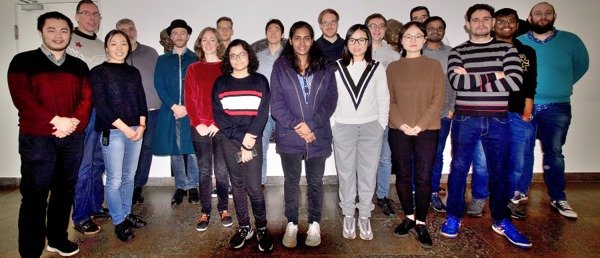The project focuses on development and design of workflows, which enable advanced processing and analyses of various data obtained from different field ion emission microscope techniques such as field ion microscope (FIM), atom probe tomography (APT), electronic FIM (e-FIM) and time of flight enabled FIM (tof-FIM).


